Digital advertising has come a long way since its inception. This landscape has changed the way businesses and customers find and interact with each other and with each and with every advancement, this interaction gets a new shape and more depth to fit the latest needs of both sides. On the surface level, advertisers constantly come up with new and creative ways to attract potential customers, like encouraging them to try out a product with a video that promotes a product in an exciting, fresh-feeling way.
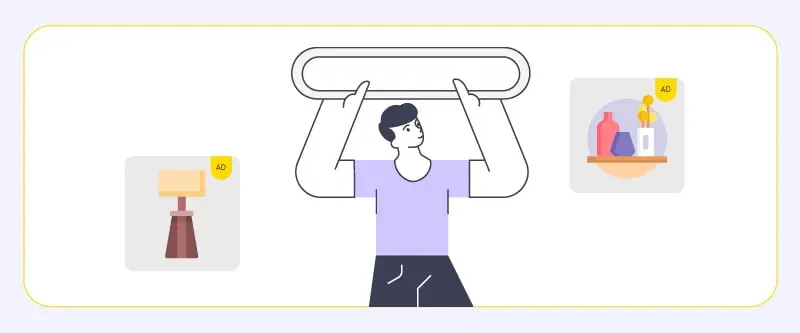
But when things change and develop on deeper levels like when major advertising platforms launch new advertising formats and features, the entire experience of an ad could get to the next level. In many cases, these new formats are developed to provide more opportunities for businesses to connect with their intended audience, but sometimes, new additions are made to solve serious issues. In native advertising’s case, this issue was ad fatigue, and frankly, the solution has worked amazingly well. But what is native advertising? Let’s talk about this very popular format and how it could benefit businesses.
Native advertising is a form of paid media that blends in seamlessly with the content on a website or platform. The goal of native advertising is to create a more natural and less intrusive advertising experience for the user. Native ads are designed to match the look and feel of the content surrounding them, making them less disruptive and more engaging than traditional advertising formats. The key element of native advertising is that it should not feel like advertising at all, but rather like a natural part of the user’s online experience. Overall, the native advertising definition is centered around creating a non-disruptive and engaging advertising experience for the user.
Understanding Native Advertising: Definition, Meaning, and Origins
Native advertisements are paid promotions that match blend in with the environment of the platform they’re being served on. The concept revolves around low-key promotion without disrupting the viewer’s experience on digital media.
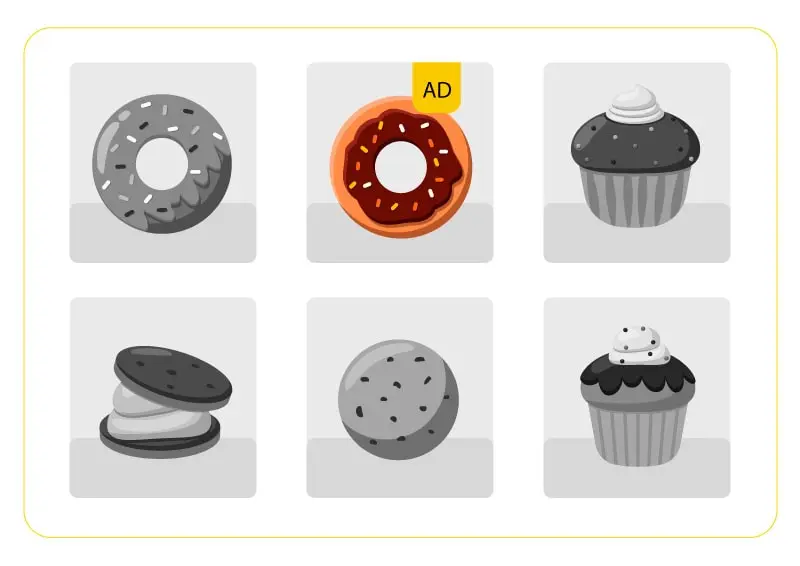
Compared to other more traditional digital advertising methods, native is less aggressive and salesy, with a heavy focus on disguising as organic content and not having an impact on user experience. To achieve this goal, native ads mimic the look, feel, and function of other organic content on the platform they’re being served on, but they always have a subtle indicator that gives away their true nature (like a “Promoted” or “Sponsored” tag).
Native advertising is a form of paid promotion that blends seamlessly into the environment of the platform it is being served on. The goal of native ads is to provide a low-key promotion without disrupting the viewer’s experience. They mimic the look, feel, and function of other organic content on the platform, but always have a subtle indicator that gives away their true nature, such as a “Promoted” or “Sponsored” tag.
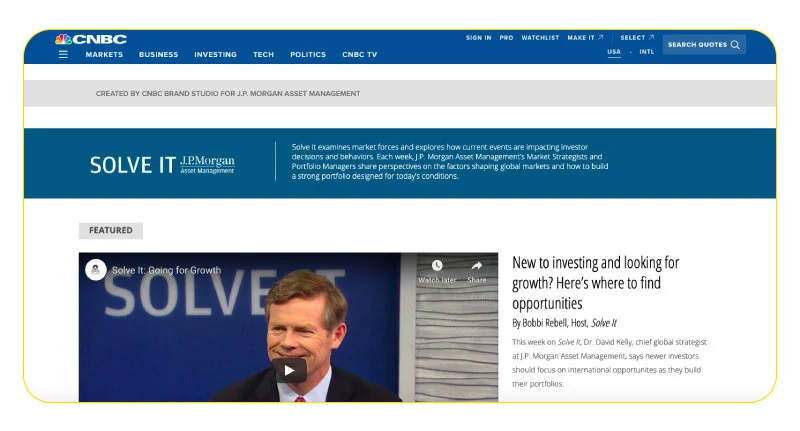
The definition of native advertising is the concept of disguising advertisements as organic content in order to provide a more seamless and non-disruptive advertising experience for the viewer. The origins of native advertising can be traced back to the early 20th century with advertorials in newspapers and magazines. In the digital age, native advertising has taken on many forms, including in-feed ads on social media platforms.
The meaning of native advertising is to provide a solution to ad fatigue, which is the phenomenon of people becoming sick of seeing too many ads everywhere. Native marketing definition is a form of advertising that blends in with the content on a website or platform, providing a more natural and non-disruptive experience for the viewer.
The origins of native advertising
Native advertising might be considered “novel” in the digital advertising landscape, with it being around for a decade or so, but you could actually trace its roots back to the beginning of the 20th century. Back then, pieces known as advertorials were the first form of native ads that appeared in newspapers and magazines. These articles, which looked exactly like normal editorial pieces, used to tell brand stories or educate people about a certain matter while subtly promoting a brand, product, or service. A reader couldn’t tell the difference between these articles and authentic editorial content on first impression. That became the principle of native advertising: Ads shouldn’t look (and sound like) ads.
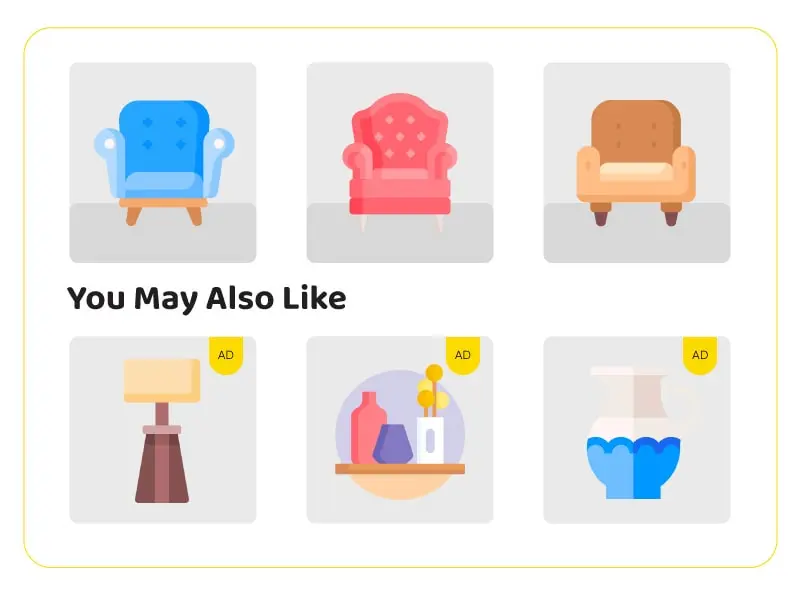
In the digital age, that principle still stands but has gotten many different shapes and forms. The advertorial content still exists on different outlets like news websites, but native ads have also been impressively embedded in new forms of media like social networks. The concept was disguising advertisements as organic content, so companies like Facebook began developing ad formats that looked similar to the surrounding organic posts. In-feed ads are great examples of this.
Why native advertising?
So, why native advertising emerged in the first place? You see, ad fatigue has become a serious issue for marketers and advertisers ever since digital marketing started to become the primary means of paid promotions. It basically means that people are getting sick of seeing ads everywhere; From the real world to the online landscape, advertisements are all over the place. Brands are constantly fighting over advertising spots to attract more customers and get the money flowing. It has reached a point where people simply ignore ads and even actively try to prevent seeing them. Audiences find common ways of advertising disruptive, abrasive, and even downright annoying.
Ads can, and most of the time will impact an Internet user’s online experience. Whether they’re pop-up ads, unskippable video ads, or flashing banner ads, they significantly harm the user experience, so much so that people take measures to remove them entirely (like using ad blockers). This is a serious concern for the multi-billion-dollar advertising industry, especially in the digital section where the market is much bigger and it’s way easier to block ads.

However, this uncountable number of ads people stumble upon every day is only of the factors that lead to ad fatigue. Another important factor is that brands tend to not deliver the promises they make in their ads. Scams and untruthful ads have taken over the Internet, and people are sick of paying attention to and clicking on them, only to be disappointed by false claims and ridiculous exaggerations.
Thankfully, native advertising has come to the rescue. It’s a brilliant remedy to the ad fatigue problem and it’s a great way to promote a brand without making people sick of seeing ads. Companies have greatly embraced this novel advertising method, and we’re witnessing year-over-year increases in native advertising spend which is expected to reach a whopping $98 billion dollars in 2024.
Native advertising has been a very effective solution. It’s not disruptive and provides people with helpful info, which seems to mitigate their animosity toward ads. But native advertising is a broad concept. It can have many forms and shapes.
Types of native ads
- In-feed ads: Seen mostly on social networks and news websites, in-feed ads are designed to appear just like other organic content on publications or social apps. They blend in with the environment of the platform they’re served on, looking similar to a normal social or blog post, with the only indicator being tiny “sponsored” or “ad” tags on them. Buzzfeed popularized this type of native ad by putting sponsored articles right in the middle of the organic content on their website as if they were written by their team.
- Search ads: You’ve probably seen how the first (and last) couple of results on a Google search engine result page (SERP) have tiny “Ad” or “Ads” below them. These are one of the most effective instances of native ads. Businesses pay Google to display their links on top of organic search results to drive more traffic to their website. These ads look just like other search results on the page, with a title, link, and a short description. Hence, they’re considered native ads.

- Recommendations: Almost all publication websites (like news sources) have one or two rows of “Recommendation” widgets at the end of each article that prompt users to explore more related content they might find relevant or interesting. Phrases like “You might also like” or “Recommended for you” commonly characterize these ads.
- Promoted listings: This type of native ad is commonly used in e-commerce websites, and functions very similarly to paid search ads. When users search for a product, these promoted listings are displayed on top of the result pages, with the same look and feel as other listings in the online store.
The benefits of native advertising
Native advertising is massively popular among businesses these days because it’s capable of promoting a brand without annoying or alienating the audience. Here are some of the most important advantages of native advertising:
- You could use native ads to target customers at different stages of a marketing funnel. As mentioned earlier, they have many types appearing in different places. This makes native a top-notch choice for maximizing your online exposure and attracting customers with different levels of buyer intent. You could target people who are on the verge of buying products you offer by running native ads on Google or Amazon, or build brand awareness by posting educative and entertaining sponsored content on channels like Facebook or TikTok. With native ads, almost all of your marketing funnel is covered. You could even use them for retargeting purposes.
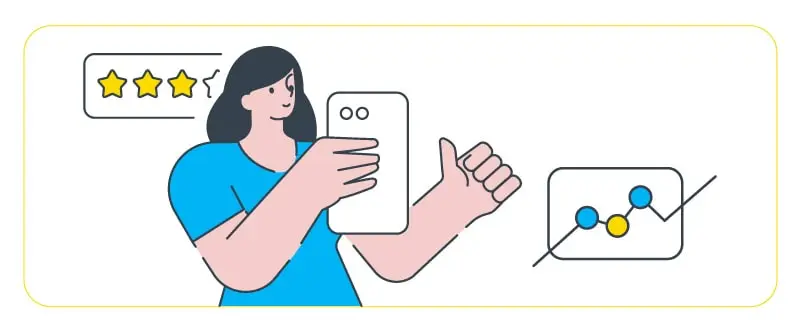
- Native ads actually work. They’re successful in grabbing people’s attention and marketing something to them without being annoying and salesy. Your audience is well aware that it’s seeing ads, but they don’t care since native ads are non-disruptive and actually bring value to them. The result is more impression, more click-through rate, and ultimately, a higher return on investment (ROI). In 2016, it was estimated that native display ads will make up 74% of total display ad revenue in the US by 2021.
- The younger generations are kinder toward native ads. Research has shown that millennials respond way better to native ads compared to traditional ads. Almost one-third of Millennial participants have purchased something as a result of a sponsored native ad. TikTok Ads is a terrific example of how native advertising can blend into a social platform and grab people’s attention without alienating or annoying them.
Native advertising is like having a chameleon on your marketing team. Ads of this kind blend in seamlessly with the content around them, making them more engaging and less intrusive. In a world where traditional advertising is often met with eye-rolls and sighs, native advertising offers a refreshing approach that resonates with modern consumers. By delivering relevant and valuable content in a non-disruptive way, native ads have quickly become a staple in the advertising landscape.
Learn more about the strengths and weaknesses of native in our Pros and Cons of Native Advertising article.
What is Native Advertising in Marketing
Native advertising plays a significant role in today’s digital marketing landscape. It is a form of online advertising that is designed to blend in with the surrounding content on a website or app, making it less intrusive for the user. This type of advertising has become increasingly popular in recent years, as it is seen as an effective way to reach consumers and drive engagement.
In a comprehensive digital marketing strategy, native advertising can be used as a complement to other forms of advertising such as display and search ads. For example, native advertising can be used to drive brand awareness and consideration, while search ads can be used to drive conversions. This allows marketers to reach consumers at different stages of the buying journey and increase the chances of conversion.

One of the benefits of native advertising is that it can help to increase engagement and brand recall. As native ads blend in with the surrounding content, they are less likely to be ignored or blocked by users. This makes them an effective way to reach consumers and drive engagement. Additionally, native ads are also less likely to be considered as intrusive or disruptive, which can help to build trust with consumers and increase the chances of conversion.
Another benefit of native advertising is that it is highly targeted. Native ads can be targeted to specific demographics, interests, and behaviors, which allows marketers to reach the right audience with the right message. This can help to increase the effectiveness of the advertising campaign and drive better results.
In conclusion, native advertising is a powerful tool in the digital marketer’s toolkit. It allows marketers to reach consumers in a non-intrusive way and increase engagement and brand recall. Used in conjunction with other forms of advertising, native advertising can be a powerful way to drive conversions and increase ROI.
Conclusion
Native ads are terrific examples of how digital marketing has progressed in enhancing the ad experience for both businesses and customers. They counter the effects of ad fatigue by being non-disruptive and similar in look and feel to organic content, and also bringing value to people by helping them solve common issues. Native is currently one of the most successful types of digital advertising, surpassing other ad types in viewability and click-through rates.
FAQs
What is the meaning of native advertising?
Native advertising is a form of paid promotion that heavily focuses on having the smallest impact on user experience by being non-disruptive and mimicking the look, feel, and function of other organic content of the platform they’re served on. Google search ads, Facebook in-feed ads, and sponsored articles on publication websites are some examples of native advertising.
What are the types of native advertising?
In-feed ads, search ads, recommendation widgets, and promotion listings are different types of native advertising.
What is the goal of native advertising?
The goal of native advertising is to promote a business, product, or service without disrupting the user experience. Native ads tend to bring value to users by helping them fix a common problem or tell an interesting story. Not only do they look and feel like organic content, but they’re also mostly very subtle in promoting a business in order to be aggressive and salesy as little as possible.



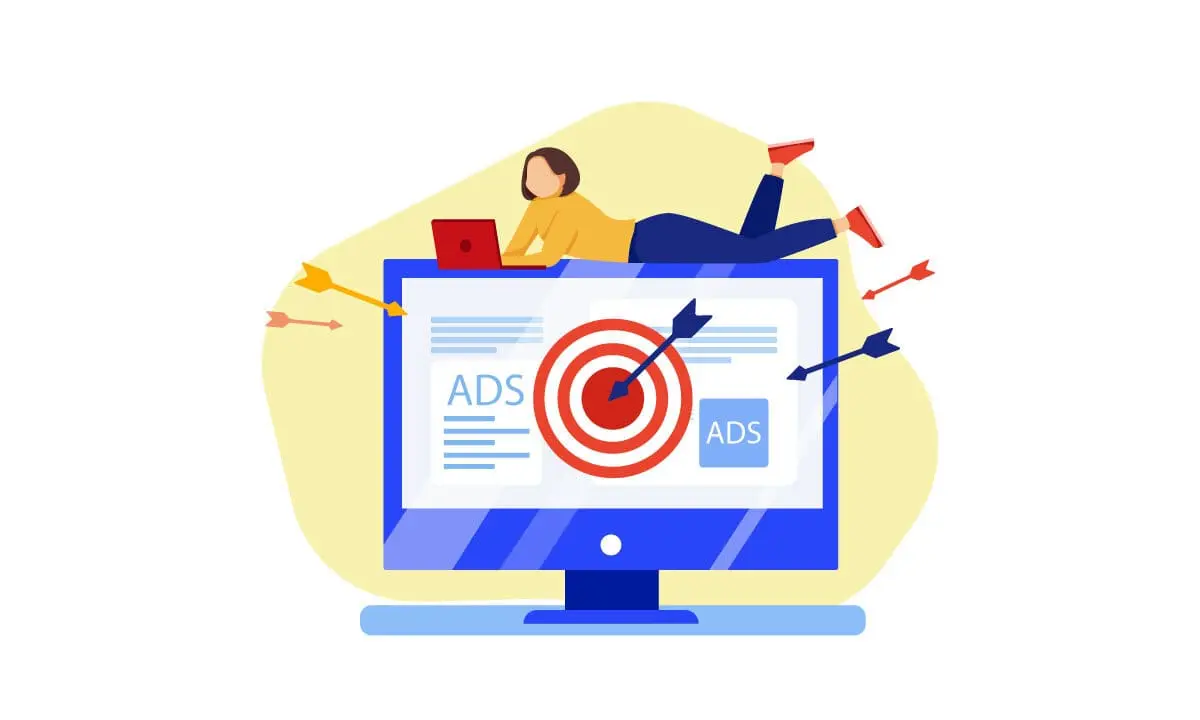



 Facebook Ads Spy Tool
Facebook Ads Spy Tool TikTok Ads Spy Tool
TikTok Ads Spy Tool
4 thoughts on “What Is Native Advertising? The Ultimate Guide For 2024”
Have you heard of native advertising before? It’s a form of advertising that blends seamlessly into the environment of the platform it is being served on. But what exactly does that mean?
Hi Tobias
Native advertising is a form of advertising that blends seamlessly into the environment of the platform it is being served on. It is defined as a paid promotion that matches the look, feel, and function of other organic content on the platform, but always has a subtle indicator that gives away its true nature.
The goal of native advertising is to provide a low-key promotion without disrupting the viewer’s experience, and it is done by disguising advertisements as organic content. This method of advertising is popular because it addresses the issue of ad fatigue, where viewers become tired of seeing too many ads. The native marketing definition is a form of advertising that blends in with the content on a website or platform, providing a more natural and non-disruptive experience for the viewer.
Who knew that the ads we’ve been seeing on our feeds all this time were actually called ‘native ads’? I had to Google the native ads definition just to figure out what these sneaky little ads were called!
Hi Remington!
Thank you for your comment. Yes, native ads have become increasingly popular in recent years, especially on social media platforms. The native ads definition refers to advertisements that blend in with the surrounding content and appear to be a natural part of the user experience. This allows for a more seamless and less intrusive advertising experience for the user while still effectively promoting a product or service.